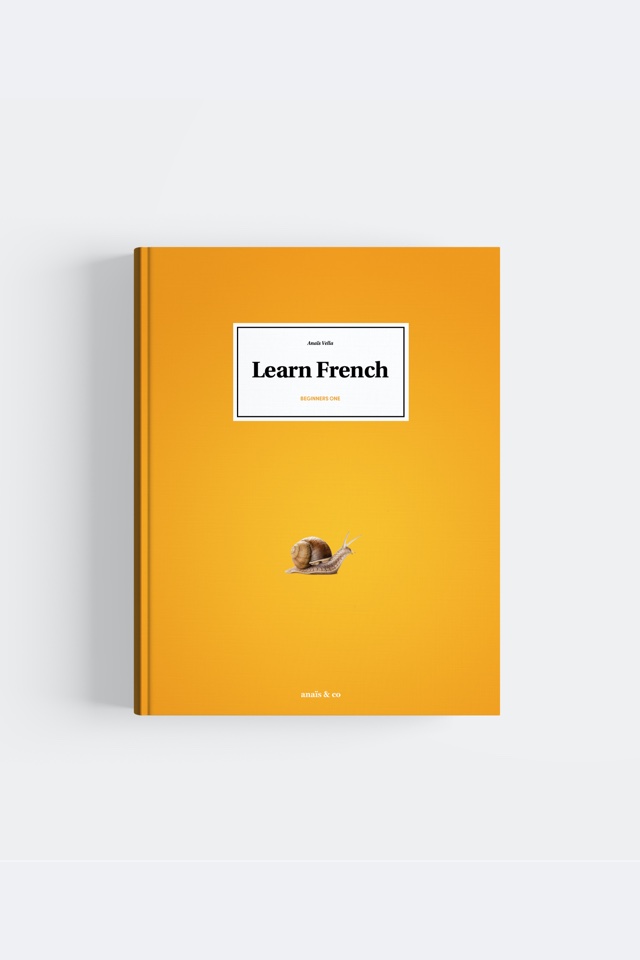

They mean “it is” in English, “ce sont” is the plural of “c’est”. They can introduce a noun, a proper noun, an adjective, a pronoun ... and can be conjugated in different tenses. In the negative form, “c’est” becomes “ce n’est pas” and “ce sont” “ce ne sont pas.” But other negative words than “pas” can be used.
For example:
C’est Pierre → It’s Peter. (Proper noun)
C’est excellent → It’s excellent. (Adjectives)
Ce ne sont pas eux → It’s them. (Pronouns)
Ce n’est que Paul → It’s only Paul. (negation with “que”)
The indefinite and partitive articles stay in negative sentences after “pas,” “plus” and “jamais” when the verb used is “être”. For example: Ce ne sont pas des boulangers → They are not bakers.
Very often in the spoken language in informal situations, “c’est” is used instead of “ce sont”.
They mean “there is” or “here is (are)” in English. In formal language “voici” is used to refer to a person or the thing close to you and “voilà” to a thing or person far from you. They are mainly used to introduce something or someone in movement. They can also be used if you are moving to the thing you want to show.
For example:
Voici ma copine → Here is my friend.
Voilà votre pizza → There is your pizza.
Voilà mon bureau → Here is my office.
In the spoken language, “voici” isn't commonly used.
“Il y a” means “there is” and “there are.” It is used to indicate the existence or the presence of a thing or a person. It is mainly used to introduce something or someone that is not in movement. In the negation it becomes “il n’y a pas” and other negative words than “pas” can be used.
For example:
Au parc, il y a des arbres →
In the park there are trees.
Au parc, il n’y a pas d’arbres →
In the park there are no trees.
Au parc, il n’y a plus d’arbre →
In the park there are no more trees.
The indefinite and the partitives articles change to “de” or “d’” in negative sentences after “pas,” “plus” and “jamais.”
For example:
Il n’y a pas de bananes → There are no bananas.
Il n’y a pas d’eau → There is no water.

More in the books
Werther you are learning by yourself, with Anais and Co or if you are a FLE teacher find this lesson and many more in a beautiful book.
Be notified when we upload a new video.